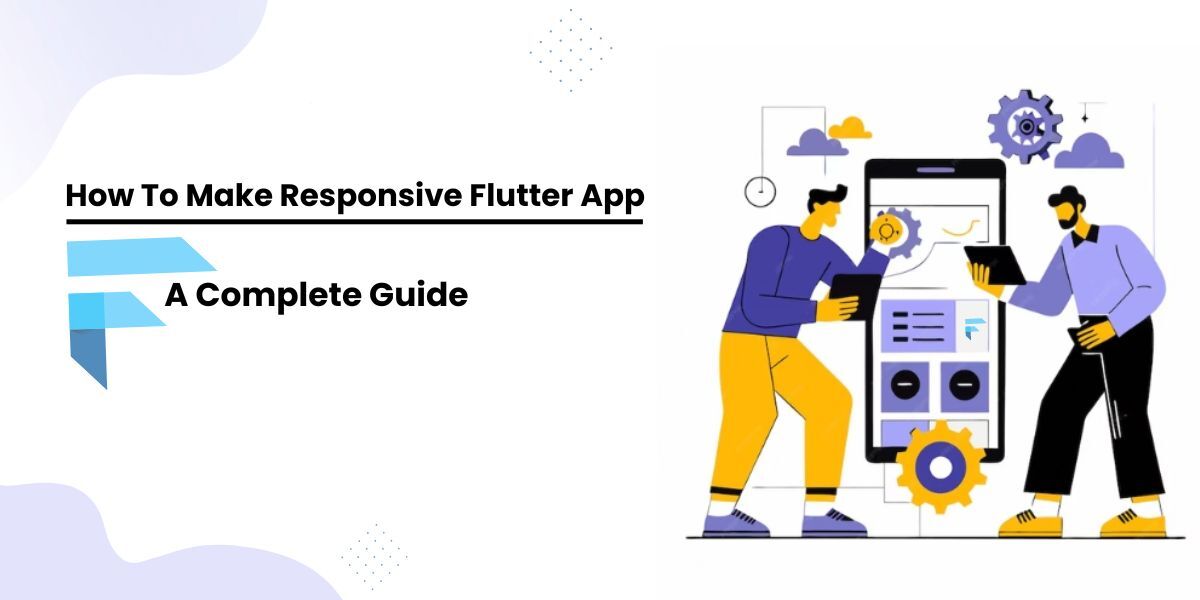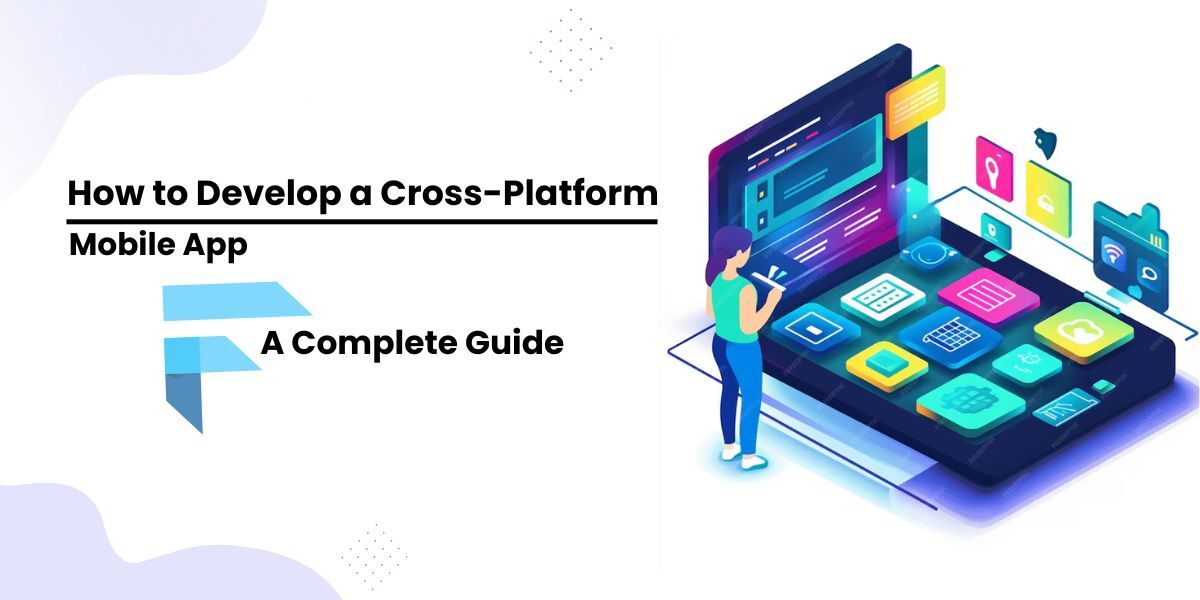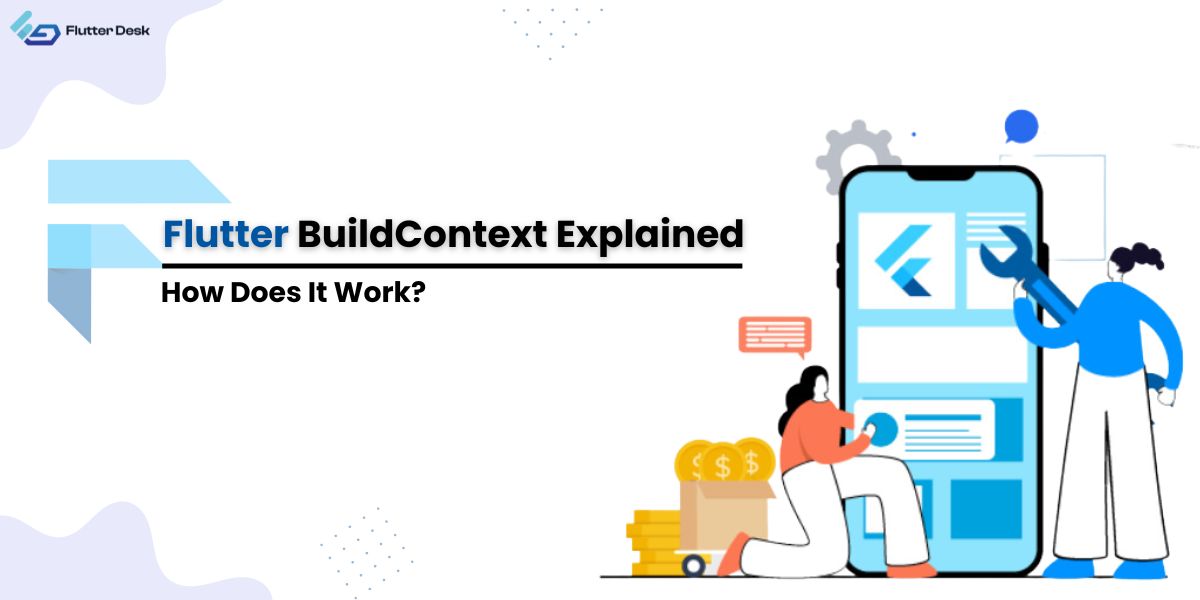If you’re new to flutter or want to know the basics of Dart programming languages to start off app development then you just landed in the right place. In this blog, we will be discussing in detail the dart constructors, what are their types, what are they used for, and everything you need to know about constructors in Dart. So, let’s begin. 😉
In the Dart programming language, constructors are special methods used to generate and initialize objects of a class. Where a class is a sketch or a map that holds the specific data or logic about a particular object that you create.
What are Dart Constructors?
Dart constructors have the sole purpose of initializing an object. Moreover, the constructors in Dart have the same technicality as that of a class in flutter. It has different parameters to be defined. They are used by developers to specify initial values for an object’s properties and are called when an object is created with the “new” keyword.
Constructors are an important part of object-oriented programming used in most modern programming languages. We utilize constructors in a manner similar to that of other object-oriented programming languages. With the help of Dart constructors, it provides developers with a few other constructors named default constructors, factory constructors, and named constructors.
Code Example
class Example {
Example() {
print('Default Constructor');
}
}
void main() {
final e = Example();
}
Key Points When Using Constructors in Dart:
- The Constructor’s name must be the same as the class name.
- The constructors can’t return any value. To return any value, you can use factory constructors.
- If no constructors are defined in the class, the compiler generates the default constructors.
- You can’t inherit constructors, and each class contains its constructors.
- A class can contain several named constructors but only one default constructor.
- We can call the constructors only with the `new` keyword or short syntax `ClassName()`.
- Make sure that constructors and properties have names `const` or `final` when appropriate. It can help you to increase performance and security.
Types of Dart Constructors
Mainly, there are three main types of constructors in Dart. But overall, constructors have six types that we can use at certain times to perform certain actions.
Let’s explore the types of constructors in Dart.
1. Default Constructors
A default constructor is a constructor that doesn’t accept any arguments. If a class doesn’t contain any constructor defined, the Dart compiler will automatically build one. The purpose of default constructors is that they initialize all instance variables to their default values, which are ‘null’ for reference types and ‘0’ for numeric input types.
Code Example:
class Example {
Example() {
print('Default Constructor');
}
}
void main() {
final e = Example();
}
2. Dart Named Constructors
With named constructors, we can give the Constructor a name as you cannot use multiple constructors with the same name. For this purpose, Dart introduced a new constructor known as “named constructor”. These are useful when you wish to offer various ways to create an object.
For example, you can develop a constructor that initializes an object with a car_name and car_color and another constructor that initializes an object with only a name.
For defining a named constructor in a class, you can use the “constructor” keyword, which will follow the name of the Constructor.
Code Example
class Example {
Example.first() {
print('Named constructor');
}
}
void main() {
final e = Example.first();
}
The Example.first() will call the “named constructor” and the “e” variable will print the output.
3. Factory Constructors in Dart
Factory constructors are constructors that follow the pattern of factory design. They use the `Factory` keyword as a constructor. It doesn’t provide a new instance of the class or create a new instance of a class. Instead, it returns the existing instance of a subclass or a new instance of a subclass based on the argument passed in. A factory constructor must use the `return` keyword in order to return an object.
Code Example
class Example {
Example();
factory Example.toExample() {
return Example();
}
}
void main() {
final e = Example.toExample();
}
The above factory constructor with the “factory” keyword will return the instance of the subclass.
4. Constant Constructors in Dart
In Dart programming language, you can also use constant constructors. It means that If you create a class with an object, you cannot alter it. We call the constant constructors with the `const` keyword. The constant constructors must initialize the properties of objects with constant values.
Code Example
class Example {
const Example(this.name);
final String name;
}
void main() {
final e = Example('name');
}
5. Parameterized Constructors
The process of passing parameters to the Constructor is known as parameterized constructors. The parameterized constructors only take one or more parameters. They are used to pass value to an object’s properties when it’s created. The parameterized constructors can either be named constructors or default constructors.
Code Example
class Example {
Example(String name) {
this.name = name;
}
late String name;
}
void main() {
final e = Example('name');
}
6. Redirecting Constructors
The redirect constructors are constructors that call another constructor within the same class. The redirect construct is defined using the `: this ()` notation; on the other hand, the Constructor is called with `this ()` notation.
Code Example
class Example {
Example(this.name);
final String name;
factory Example.generic(String name) {
return Example(name);
}
factory Example.cat() {
return Example('Cat');
}
}
void main() {
final e = Example.generic('Generic Name');
final e1 = Example.cat();
}
What is the use of this keyword constructor in Dart?
In constructors, the `this` keyword is used to refer to the current instance of a class. It’s used to initialize the properties of an object when it’s created. The `this` keyword is used in the body of the Constructor to pass the Constructor’s parameter values to the respective properties of the class.
Conclusion
That’s all about constructors in Dart. Hopefully, you will find this article informative. We continuously share valuable information and guides related to Flutter app development. You will find plenty of helpful information on our blog.
Flutter constructors are a vital part of OOP in Dart, and understanding the role of constructors in Dart can help you write better and more efficient code. By mastering the use of constructors, you can better your code’s performance, maintainability, and security.
To read other interesting blogs about Flutter app development, stay in touch with us. Or you can hire flutter developers to turn any of your complex business ideas into real-world applications. Thank you for being there. See you in the next blog. 😉










